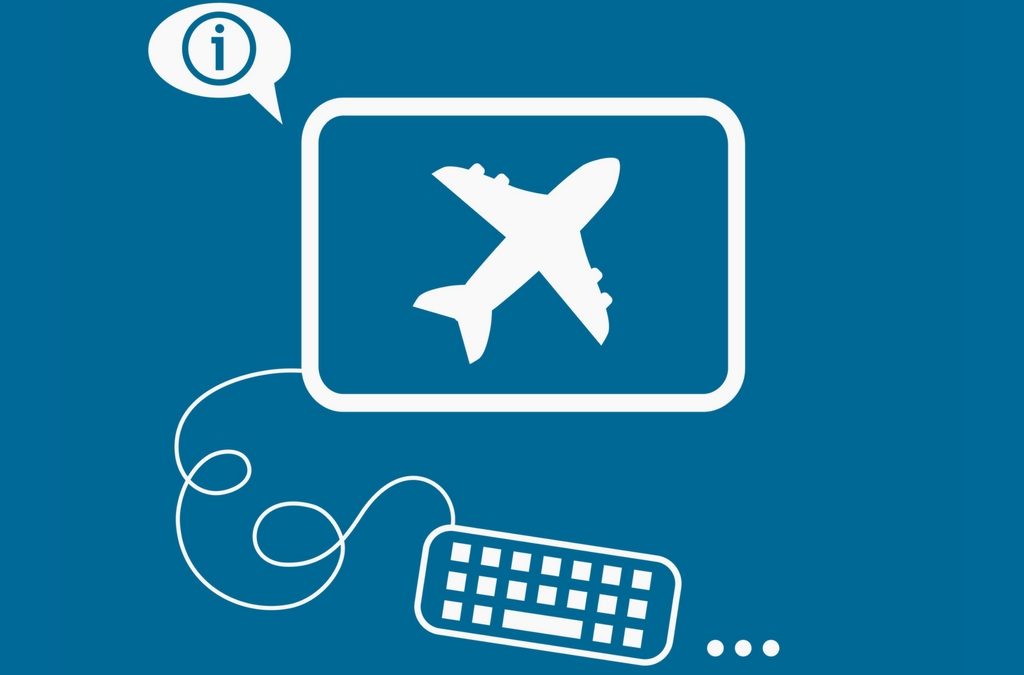Many SaaS companies trying to sell to enterprise customers consider initiating a pilot programme in the hope that their solution will become indispensible and will be rolled out across the company.
There are several schools of thought about SaaS pilot programmes, the ‘dos’ and the ‘don’ts’. The don’ts say that running a pilot devalues your product, consumes vast amounts of resources, and forestalls any decisions being taken. Whereas the dos see pilots as an effective way to demonstrate an unproven product, your value proposition, and get genuine internal support for the product.
Like many people I sit somewhere in the middle of the dos and don’ts. Let’s face it; most of us would rather not do them. We want customers to see the benefits of our products, whether it’s for sales enablement, content management or any other SaaS solution, and subscribe. Paying the full price, for evermore.
Unfortunately that’s often not the way things happen and sometimes the only way into an enterprise is to offer a pilot. In fact, some stipulate it as part of their evaluation process.
SaaS Pilot Programmes – Best Practices
So what best practices should you be implementing when offering pilot programmes? From my conversation with sales leaders, here are come conclusions I’ve come to:
Get sponsorship from the C-Suite first
Your value proposition needs to be aligned with their C-level objectives for a pilot to be a success. We’ve explored the approach of piloting our product with end users, bypassing senior decision makers. However those individuals will struggle to make a compelling business case for rolling your SaaS tool out to all employees. My advice is to get sponsorship from those who can make a decision and allocate budget to your solution.
Don’t give it away for free
This can be difficult when an enterprise says, “But we never pay for pilots, [your major competitor] will do a pilot for free.” But giving away anything for free devalues the product and also swallows resources. The result is that either the pilot is unsuccessful because the business can’t afford to invest time and money in supporting it properly; or that it consumes all of your resources and you let other activities slide such as nurturing your existing – paying – customers and other leads.
By charging for your pilot it also forces the buyer to start evaluating the product, self-qualify, and incentivises them to support the pilot.
Even charge full price
A SaaS pilot programme doesn’t necessarily have to be heavily discounted. You could offer it at full price but for a limited time. For example if your contract term is 12 months, the pilot could be for 6 months. This provides your business with the opportunity to share the full functionality of the product, devote sufficient resources to the pilot, and reduce the overall commitment to the customer.
Don’t be bullied into developing custom features
You may feel that you need to go above and beyond to placate that potentially lucrative enterprise customer. They ask for a custom feature and you jump to it. Before you do, stop and consider whether those custom features are really going to help you sell more products. Are they on your roadmap, do other customers want them, to they genuinely add value, and if that enterprise customer never signs up – do you still want those extra features in your product?
Of course at the end of the day whether or not you run a pilot scheme will depend on the customer. Not only whether are asking for a pilot before making a decision about your product, but also whether they will commit fully to that pilot. There’s no point in agreeing to run a pilot programme only to get no take up from the customer. This is especially true if you are offering your pilot for free: the least you should expect from the potential customer is a commitment in terms of their time and interest.
For me that means getting at least five sales people within a team signed up and committed to trialling our product, we know that this level of take up will provide the data and results needed to make the decision-makers take notice.
Whether or not you agree with running pilot programmes, at some point you are likely to be asked to run one. If you decide to go ahead, I hope the points above will give you some suggestions on making them work.

